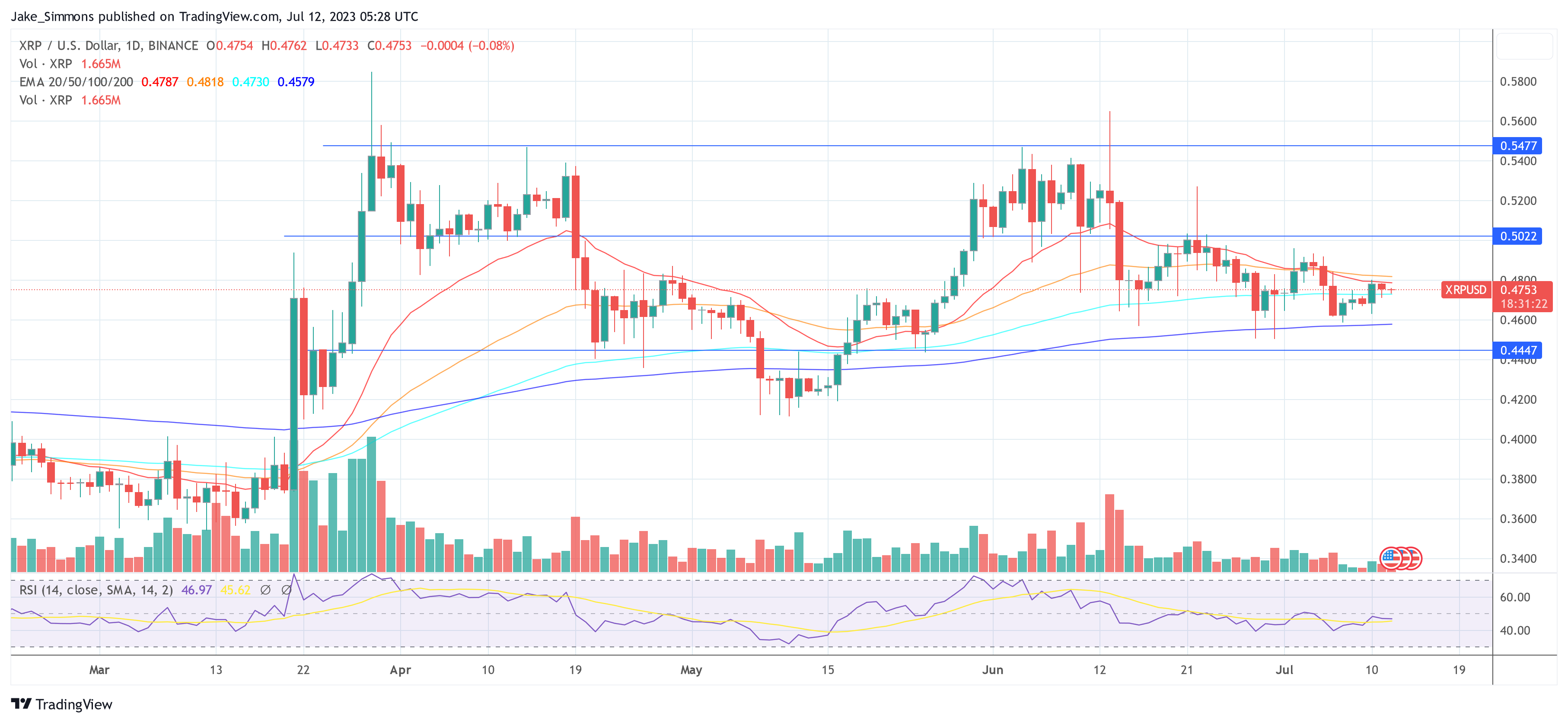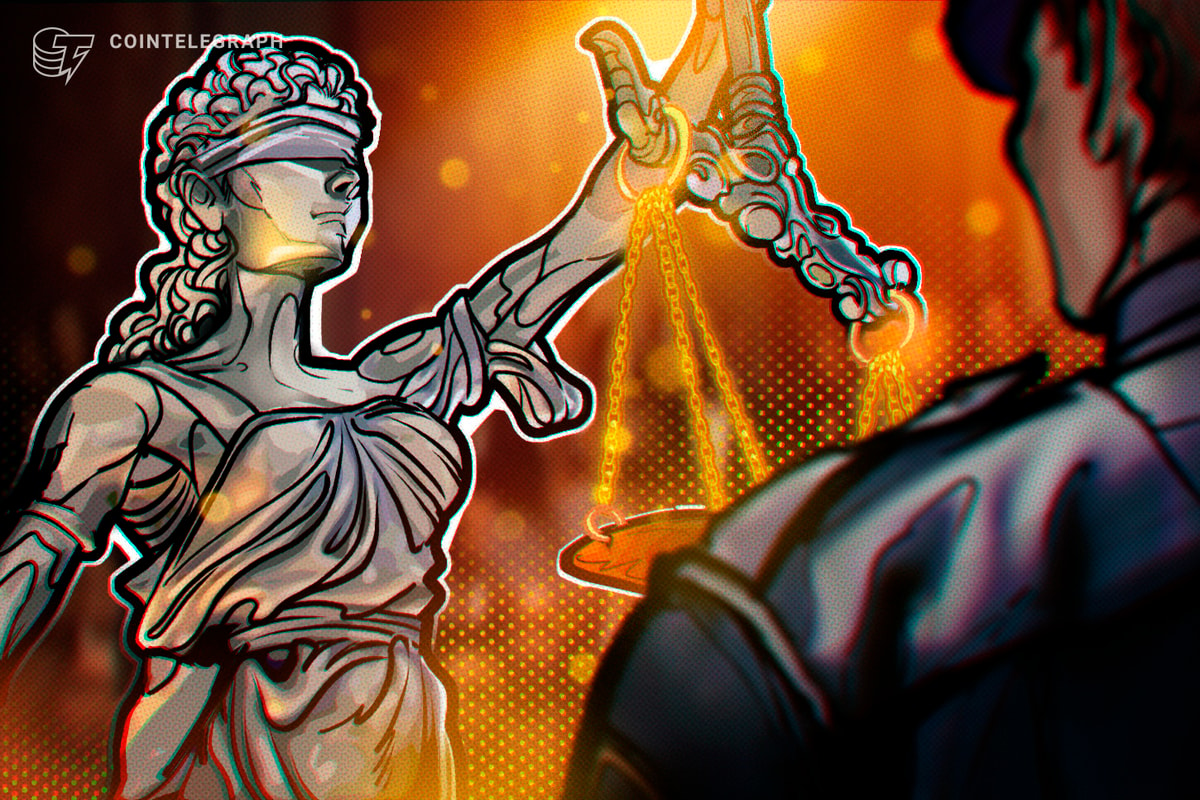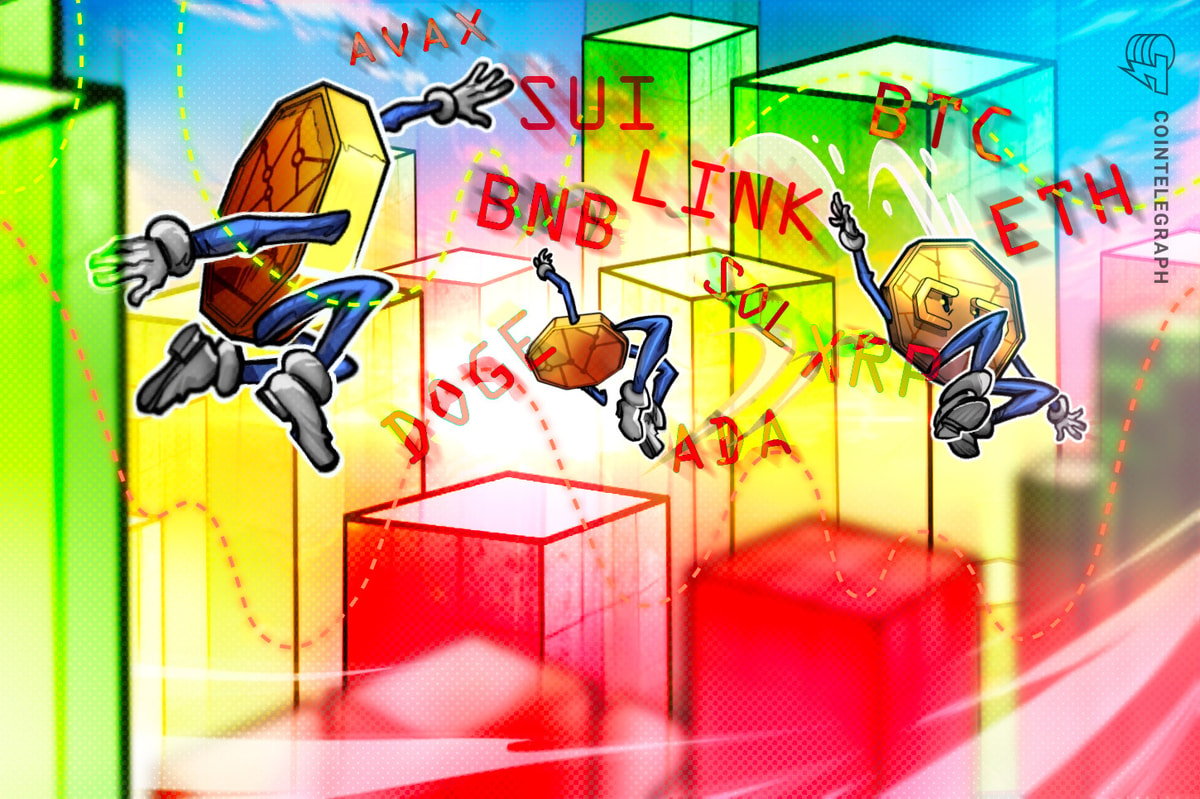Ripple and the XRP community were eagerly awaiting the ruling in the LBRY case yesterday. In a court decision issued on Tuesday, July 11, the case between the Securities and Exchange Commission (SEC) and decentralized content sharing platform LBRY Inc. reached its conclusion.
The LBRY team announced the final ruling on Twitter, stating that they will fully dissolve LBRY Inc. in accordance with the court order. They also emphasized that the future of LBRY is now in the hands of the community. However, the implications of this ruling have raised concerns about the potential impact on Ripple and the digital asset XRP.
Similar Result Possible In The Ripple Case?
Lawyer Jeremy Hogan, known for his involvement in the XRP community, shared his insights on the LBRY case and its potential ramifications for Ripple. He pointed out that the court ruling in the LBRY case did not address secondary sales or the Major Questions Doctrine. Instead, it focused on “enjoining further violations and issuing a penalty”.
Hogan suggested that a similar outcome is possible in the ongoing Ripple case. However, he outlined two key conditions that would need to be met for injunctive relief to be issued against Ripple. First, the court would have to find that the Fair Notice Defense is insufficient to warrant a trial on the issue. Second, the court would need to determine that both past and present sales of XRP qualify as investment contracts.
If these conditions were met, the injunctive relief could pose a significant challenge for Ripple, as it would restrict sales from escrow. Nonetheless, Hogan noted that there could potentially be a workaround solution, albeit one that may interfere with Ripple’s business plans
Regarding the LBRY ruling’s impact on the market, Hogan characterized the lack of a ruling on secondary market sales as a “status quo” decision. He expressed doubts about Coinbase relisting XRP based on this ruling, but he also did not anticipate other exchanges delisting the digital asset.
Hogan also voiced his disappointment with the judge’s deference to the SEC in the final paragraph and his failure to fully comprehend the confusion prevailing in the marketplace:
In conclusion, this ruling (and indeed this case) provides little market guidance and has “protected” no one. In fact, it hurt ALL the people involved. It’s just another feather in the SEC hat. That’s all.
Better Than Nothing
Attorney John E Deaton, another prominent figure in the XRP community, also weighed in on the LBRY judgment. Deaton highlighted his request as amicus curiae for the judge to clarify that the token itself is not a security, similar to a previous ruling in the Telegram case. However, the judge declined to do so, citing that the specific issue had not been litigated and expressing a commitment to judicial restraint.
Because of that Deaton also expressed his disappointment with the judge’s cautious approach, but he also acknowledged that the judge’s decision explicitly excludes the application of the injunction to secondary market offerings. He regarded this as a positive aspect since it prevents the SEC from falsely claiming that the ruling applies to secondary sales as well. Deaton stated:
The SEC can’t argue his decision applies to the secondary market, however. That’s better than nothing.
The final judgment in the LBRY case, as issued by Judge Paul Barbadoro, permanently restrains and enjoins LBRY from violating Section 5 of the Securities Act. This includes selling securities without a registration statement in effect and engaging in unregistered crypto asset securities offerings. LBRY is also required to pay a civil penalty of $111,614 to the SEC.
At press time, the XRP managed to remain above the 200-day EMA, trading at $0.4753.












